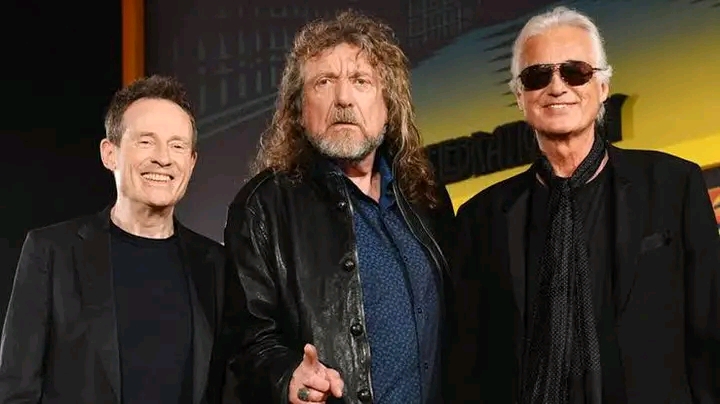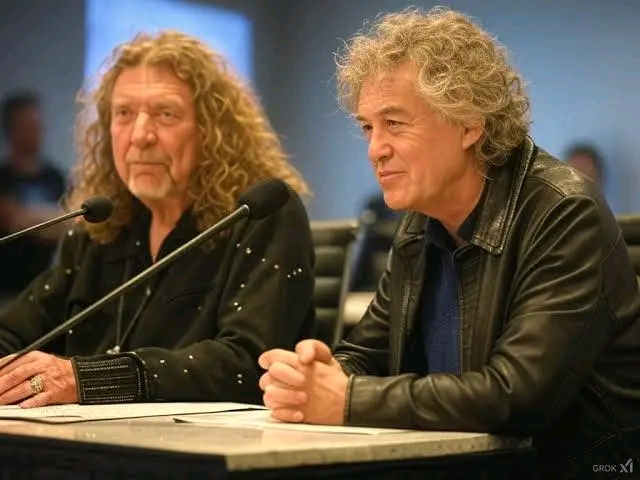**Led Zeppelin’s “Kashmir”: A Monumental Rock Epic**
Released in 1975 on the band’s sixth studio album *Physical Graffiti*, **“Kashmir”** is widely regarded as one of **Led Zeppelin’s** most iconic and ambitious compositions. Written by **Robert Plant**, **Jimmy Page**, and **John Bonham**, the track represents the band’s fusion of hard rock, orchestral grandeur, and Eastern-inspired mysticism, forming a cornerstone of their legacy and a high point in rock history.
Despite its name, “Kashmir” was not written about the region in northern India and Pakistan, but rather inspired by a journey Plant took through the Sahara Desert in Morocco. The song’s title came later, chosen for its exotic and mysterious connotations. In interviews, Plant has described the song as an exploration of spiritual yearning and grandeur—something bigger than place, grounded in awe and expansiveness. He once stated, *“The whole inspiration came from the fact that the road went on and on and on. It seemed to be like a dream — it was a single track road which neatly cut through the desert.”*
Musically, the song is built around a hypnotic, descending riff composed by **Jimmy Page** on a **DADGAD tuning**, often used in Middle Eastern and Celtic music. This tuning gives “Kashmir” its haunting, droning feel—a sound that was groundbreaking in the world of rock at the time. The repetitive yet powerful riff creates a trance-like atmosphere, while **John Bonham’s** thunderous drumming anchors the track in rhythmic might. Bonham’s performance on “Kashmir” is often cited as one of the most powerful drum displays in rock music, managing to be both heavy and subtly complex.
Adding to the song’s grandeur is the orchestral arrangement—featuring strings and brass—that builds upon the core trio’s instrumentation. Page, who also produced the track, layered the arrangements carefully, crafting a sound that was simultaneously earthy and otherworldly. The orchestration wasn’t overbearing but rather amplified the mystical, adventurous spirit of the composition.
Lyrically, Robert Plant delivers one of his most evocative performances. His soaring voice, filled with awe and yearning, elevates the already majestic music. Lines like *“All I see turns to brown, as the sun burns the ground”* and *“Let me take you there”* invite the listener into a surreal, almost mythic journey. The lyrics avoid typical rock clichés, opting instead for poetic imagery and a deeply introspective tone.
Over time, “Kashmir” has transcended its era. It’s been covered, sampled, and referenced countless times across genres—from Puff Daddy’s 1998 hit “Come with Me” to performances by orchestras and modern rock bands. It remains a staple in Led Zeppelin’s live repertoire and is often used to showcase the band’s musical depth and vision.
Ultimately, “Kashmir” stands as a testament to Led Zeppelin’s willingness to explore new sonic territories. It fuses Western rock with Eastern sensibilities, creating a piece that’s timeless, powerful, and deeply atmospheric. In the canon of rock music, few songs have matched the scale and intensity of “Kashmir”—a true epic that continues to captivate listeners nearly five decades later.


